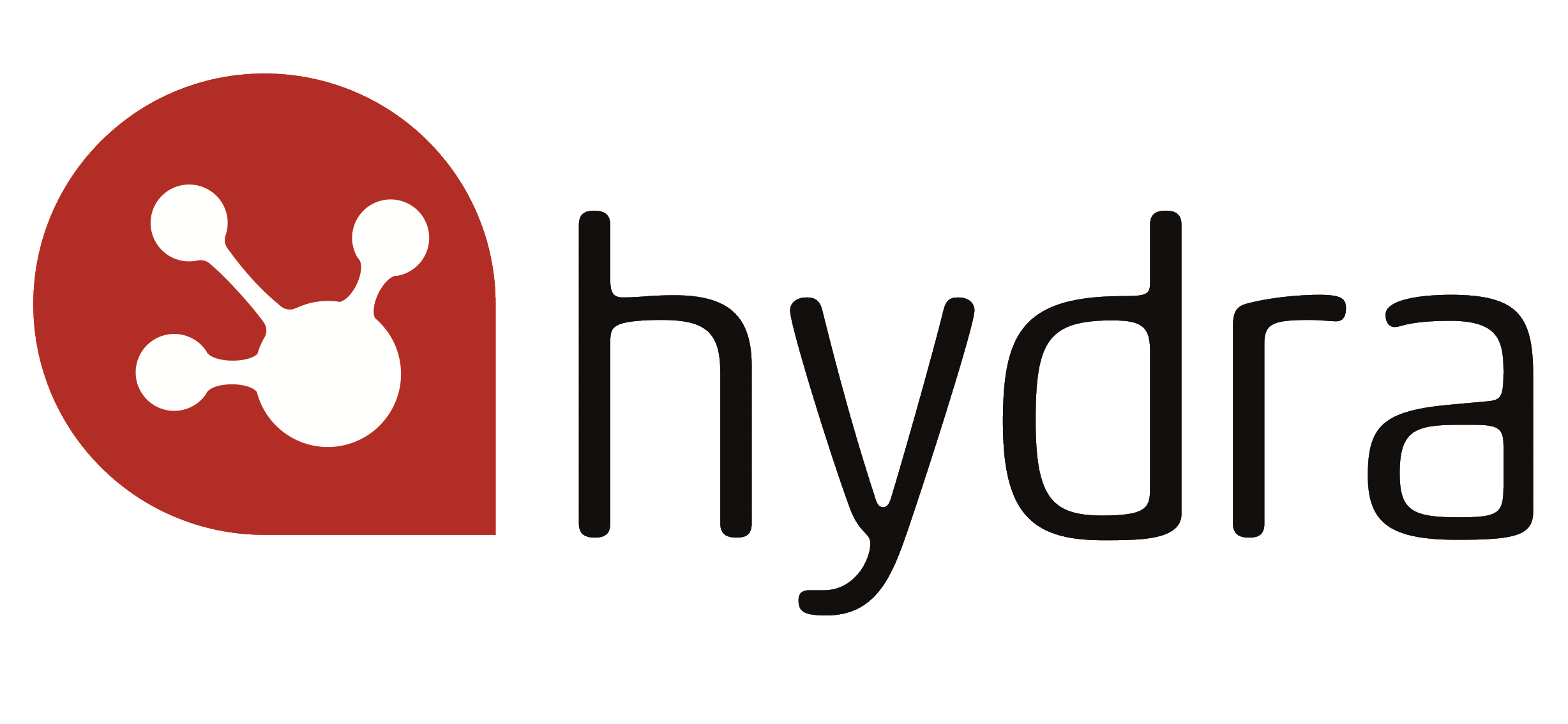3 Best Practice Tips for Effective Resource Management
One of the biggest factors in a project’s success comes down to how effectively you manage your people. In multi-project organisations, resources are typically overloaded with work and assigned a number of projects and tasks with very little breathing space in between. Just as they’re getting on top of their work, more arrives, all with demanding delivery dates and schedules that just can’t cope.
But it doesn’t have to be that way. Strategic resource planning and making the management of resources an integrated part of the project planning and scheduling process can help you manage the present, plan for the future, anticipate project risks and avoid common resource planning problems. Here’s how you can take your resource management to the next level.
1. Centralising Resources
An effective project manager develops a central resources pool that he can draw from when planning multiple projects. Having a centralised resource pool can help you and your team understand the ‘bigger picture’. By drawing from this giant resource pool, everyone involved will be able to see the limitations on resources and the part they have to play. Developing a clear view of how they fit into the picture can empower and motivate your team to perform their own individual tasks better, and deliver on time.
2. Allocating Resources
Allocating resources in an effective and accurate way is one of the biggest challenges facing every project manager, particularly when there’s no shared location to show how and where resources are being deployed. Without it, resource allocation becomes a guessing game, which is bad for the project and for business.
To solve this issue, you need a system that shows you how every resource is allocated throughout the lifecycle of a project. This level of visibility allows a project manager to steer their team through change requests and the many other obstacles that inevitably crop up, adding and removing resources as required. With complete visibility of their resources, project managers can respond to challenges quickly, make strategic decisions and keep stakeholders updated as soon as risks and certainties become known.
The most effective ways to allocate resources is by using a collaborative resource management tool. This will allow you to allocate resources based on ‘who has the right skills’ rather than ‘who you know’, taking into account their cost and availability.
3. Tracking Project Progress
There’s a wonderful point at the start of every project when the plan is in place, the work has been allocated and everyone is ready to go. Then the project begins and it all goes downhill. Without a way to track the progress of the project tasks that have been completed and the work that’s remaining, resources can be mismanaged, budgets can be broken and projects can be delivered late.
That’s why you need resource management software in place that tracks how your resources align with the project workflow. You can then monitor their progress and assign work without any of the usual guesswork and doubts. ‘What if’ scenario planning will also allow you to analyse different scenarios and see the impact they will have on your projects and resources in real-time, before the changes are made.
One last thing...
If you enjoyed this article and would like to be kept up to date, Hydra publish a quarterly Digital Watercooler of news and blogs about the changing landscape of project management and service delivery, and we'd love to share it with you.


